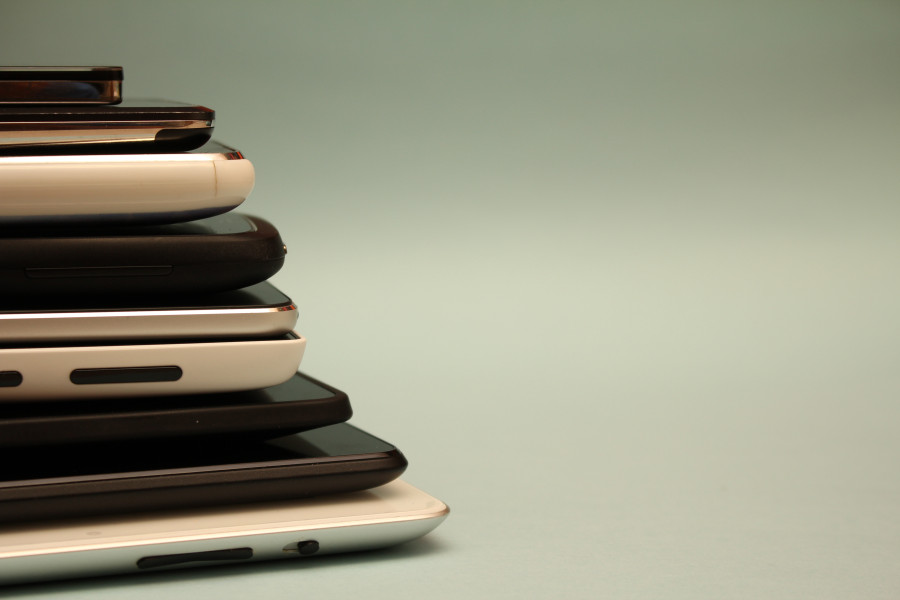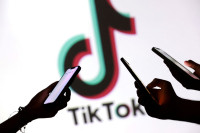Science & Technology
Nepal will soon be implementing an Equipment Identity Register for all mobile devices in the country. But what does that actually entail?
There are many in Nepal who import mobile phones, formally or informally For the latter, these mobile phones are generally for friends and family, as the same model phones are generally more expensive in Nepal
Bivek Khatiwada
There are many in Nepal who import mobile phones, formally or informally. For the latter, these mobile phones are generally for friends and family, as the same model phones are generally more expensive in Nepal. The people bringing in the phones are generally those who’ve been abroad to study or for foreign employment. And while it might be beneficial for the receiver of the phones, this practice affects consumer security, national security, and the economy. To discourage such attempts and maintain a transparent track record of all mobile devices currently being used in the country, the Nepal Telecommunications Authority (NTA), the government body that regulates telecommunications, has implemented an Equipment Identity Register (EIR) system, along with the supplemental Interim Directives for the Implementation of National EIR System.
What is an EIR?
The EIR system is a database of the identification numbers of electronics, primarily mobile devices. Hence, the system keeps a record of the International Mobile Equipment Identity (IMEI0 numbers, a 15 to 17 digit unique identification number given to each mobile device. The Global System Mobile Association (GSMA) issues this unique number to track mobile devices. In case of cell phones and smartphones, this number is usually attached to the box, the back of the phone or beneath the battery. They can also be viewed manually on any mobile device by dialing *#06# on the number pad. Mobile devices with dual SIM card slots come with two IMEI numbers.
Whenever a call or message is made, the IMEI number can be automatically tracked. The IMEI number is given by GSMA in such a way that when the number is tracked, various pieces of information regarding the handset can be obtained. Primarily, the IMEI number is used to extract information like the country of origin of the mobile device, its model number, history of the device and the manufacturer’s information.
However, it is not quite possible to trace the physical location of the phone itself with just its IMEI number. There must be an active SIM card on the handset. So whenever the phone is being used, the mobile sends a link signal to the nearest mobile tower (or BTS device). And this packet signal sent by the phone to the tower is marked with its IMEI number. So, once the location of the tower is known, the physical location of the device can also be traced.
In order to ensure proper segregation between various types of mobile devices currently being used in the country, the EIR database is divided into three separate databases—a white, grey, and black list.
The white list is the database of mobile devices which fulfil the requirements set by the network operator. These devices can be used in the country without any issues, as all the features of the device are unlocked.
The grey list is for the identification numbers of all mobile devices that are active on the network but are not registered on the telecommunications authority directory. Mobile devices from unauthorised channels usually fall on this list.
Similarly, the black list encompasses the IMEI numbers of mobiles that have either been reported stolen or whose operations adversely affect the network. These types of mobile devices are not allowed to access the network.
How is EIR going to make a difference?
As the EIR system goes live, it will be mandatory to register all mobile devices to gain full access to the network. So the telecommunications authority will have an eye on the number of devices in the country. There are numerous benefits to this, as enumerated below.
The country will benefit from taxes as the national distributors of mobile devices will need to pay to import and authorise the mobile devices via an IMEI registration. This rule will encompass all those who are involved in importing mobiles devices from abroad. Since the taxes from all devices in the country go to the government, the economy will benefit.
Similarly, with the massive adoption of mobile devices, there has been a growing rate of mobile phone thefts and identity fraud. This has put pressure on operators to implement more stringent security measures. Deploying EIR can help operators protect their networks and revenues against the use of stolen and unauthorised devices. With the help of registered IMEI numbers, the telecom authority can ensure consumer security and national security by tracking threats using a mobile device. This can also help individuals prevent their mobile phones from being used for any illegal purpose.
Even after importing through grey channels, customers have to pay taxes to the government. And when the taxes are added up, they usually cost more than devices available through formal channels. The EIR will discourage the grey market and genuine importers to flourish.
When the EIR system goes live, the telecom authority will have the records of all mobile devices in the country. And if someone loses a mobile phone, the NTA can help the customer find the lost device once a complaint is filed. By doing so, there will be better chances of getting the devices back, since such lost devices go onto the black list. Since operators can automatically detect changes in SIM cards and mobile numbers, they can monitor any sort of fraudulent activities as well.




 17.12°C Kathmandu
17.12°C Kathmandu










